The 2020 Lotus Evora GT Lives Up to the Hype
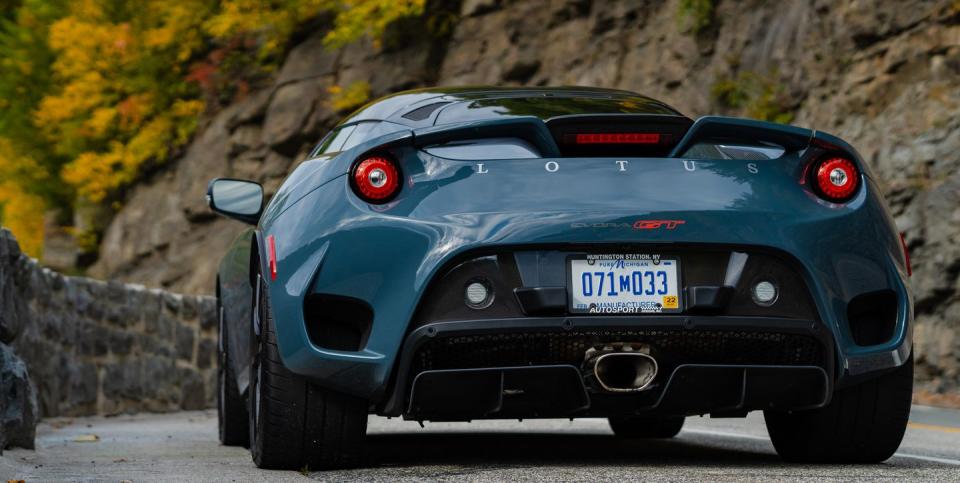
Even with a dream job like this, there are moments you have to approach with reverence. Heroes met, supercars flogged, fantasies lived out in slow motion. Meeting your first Lotus is one of them.
Few companies have ever commanded such head-down worship. In the decades it spent whipsawing between corporate overlords, never safe yet never gone, its Teflon reputation for perfect chassis tuning and idyllic handling went unchallenged. So when I heard that there was an Air Force Blue Evora GT Sport in the New York area media fleet, I wasn’t sure what to do. Normally any chance to get into hot metal is worth taking, but I keep finding myself burned by my own expectations. Golden-age E46 M3s, air-cooled Porsches, hyped-up game-changers like the mid-engine Corvette had all stumbled in the shadows of my high expectations this year. And here was another car that I had only heard good things about. Its reputation pristine, the kind of perfect that doesn’t exist in the real world.
Urging from two friends pushed me over the edge. By no means strangers to superb cars, both lavished praise on the decade-old Evora. Forget the doubts, trust the machine. The following week found me standing in the service exit of Manhattan Motorcars, the keys to the Evora GT in my hands. One of those freeze frames that brought back every notion of childlike automotive optimism and giddy trepidation that got me into the world of automotive writing. Just a ten-block run to the office to get me acquainted, time to wrap up some Friday writing before blasting into the weekend in the bite-sized supercar wannabe.
But first, you start the car. And the vision clicks into focus. Because among all of the cars in 2020, the Evora is likely the only six-figure model with a physical key. That key does not automatically interface with the engine immobilizer, either, meaning you have to hit the unlock button before putting it in or the car won’t turn on. It’s the kind of old-school tech that felt strange when the Evora debuted in 2009, but it’s even more anachronistic today.
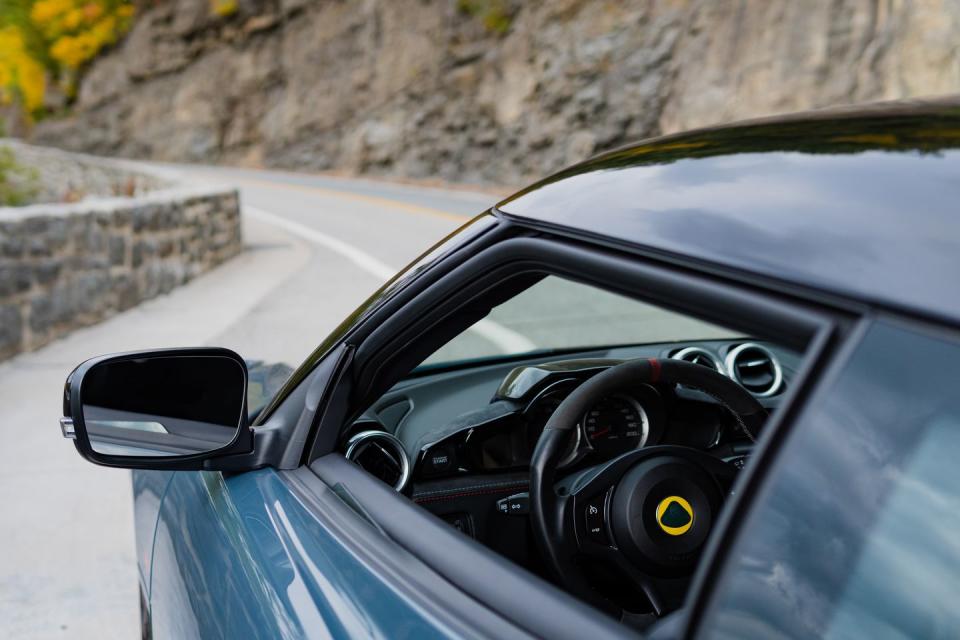
The Evora is not just disinterested in modern technology. It actively disdains it. The stereo is an off-the-shelf unit from Alpine, the kind you’d slot into an Accord in a pinch. The climate control is simple, with no automatic settings. Seats are manual, gauges are analog, and there is no active safety technology to speak of. Nothing is sacred in the Evora's fight to stay true to its featherweight legend, tipping the scales at just 3104 lbs. Anything that does not directly contribute to driving satisfaction has been done in the simplest, easiest way.
All of that frees you of the neverending complexity of modern sports cars. Start up greets you with a raspy growl from the supercharged, Toyota-Camry-sourced V-6 and the industrial clunk of a heavy metal shifter. This is a car that, in the year 2020, has a 75-percent take rate on its manual transmission. Those buyers choose a car with little storage, a heavyweight clutch, and a firm ride. A car for people more interested in the business of driving than the tinsel of modern technology.
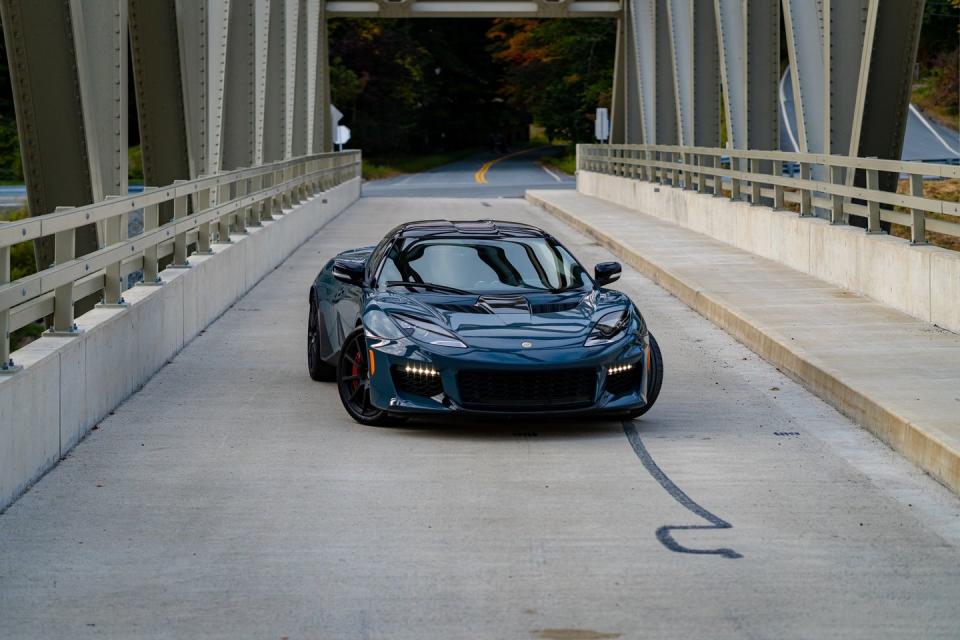
Force consumers into that much sacrifice on a normal product and you’d come off as penny-pinching masochists. The formula only adds up if the driving experience is really, truly better than what everyone else is offering. If the Evora, with its Camry engine and decade-old bones, can put Corvettes and and M-cars to shame.
And by God, it does it. Open the valved exhaust, drop down one of the Evora’s tall gears, and let the roar of the Almighty shudder down your spine. The damned thing shouts with more authority than anything out of Woking despite its pedestrian 3.5-liter V-6 block. It’s a staccato crescendo, one that bursts into hellfire as you come on cam. A burble so agitated that it’ll turn heads in the swankiest Manhattan neighborhoods. I mean, what the hell is that?
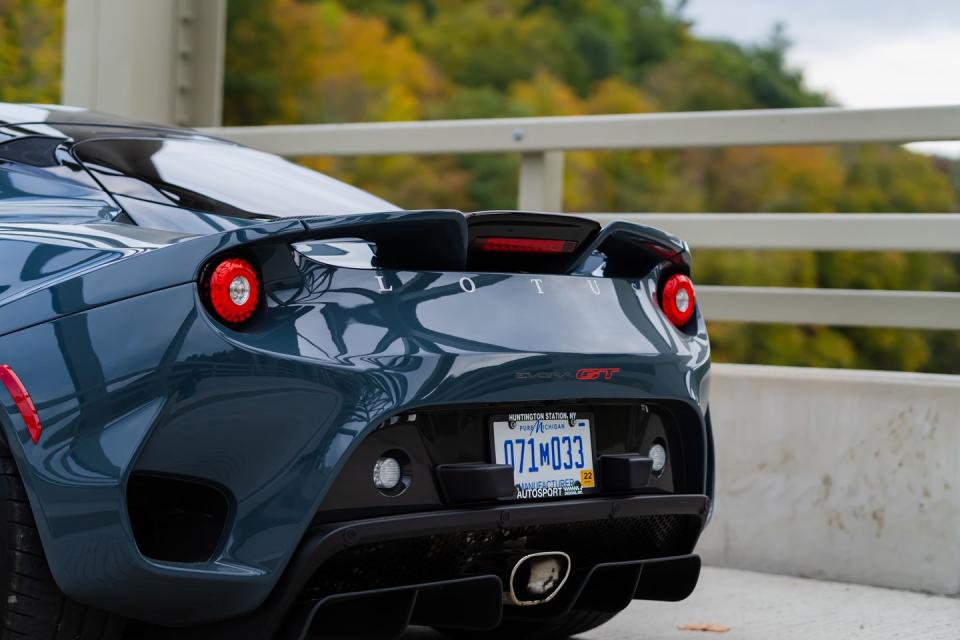
In an instant, 416 hp can blur your rear-view mirror, the Lotus’s pointed nose carving through S-bends and spitting them back out the black diffuser. Every motion controlled, the tires firmly snagging pavement as you boot the throttle out of a bend. Forgive some mid-corner-bump twitching at the margins—over a fast road, this thing is as poised as a McLaren 720S for 60 percent off. And unlike any space ship from McLaren or Ferrari, the Evora demands your assistance. There is no variable drift control to reel you in, just an acre-wide patch of rear rubber and a stability control defeat button labeled “Do It, I Dare You.”
Every part of this car, from its endlessly chattering steering to its unflappable suspension, is as rewarding as the best supercars on sale. The difference is that you don’t need to be going 120 mph for it to feel awake. It’s all the delicacy, excitement, and terror of a supercar at not-as-illegal speeds with not-as-impossible pricing. The kind of car that’s so sorted, so engaging that I’d take it over any 700-hp monster the Germans, Italians, or Americans will sell you. The kind of hero that’s worth meeting.
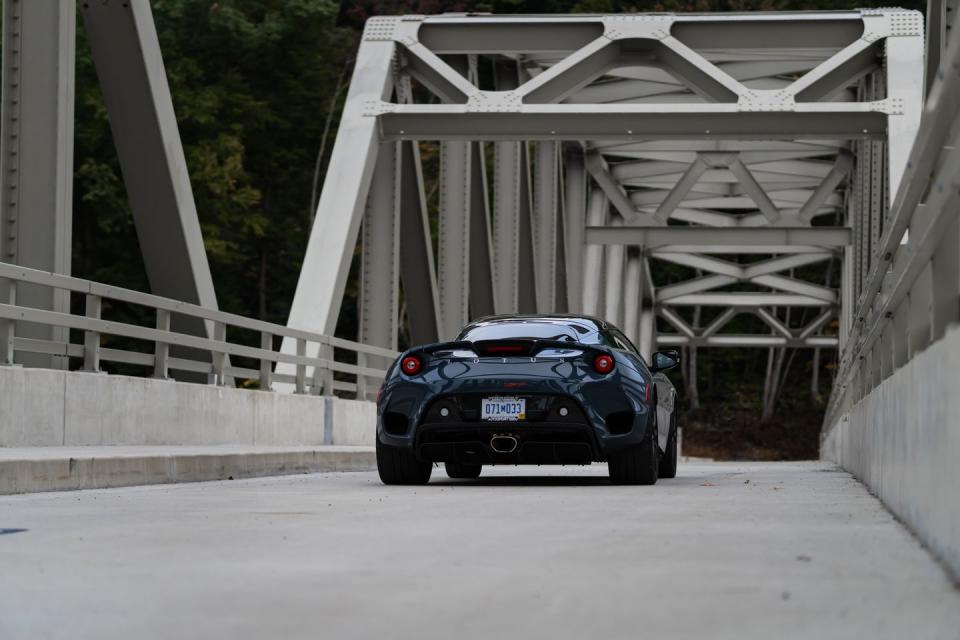
You Might Also Like

 Yahoo Autos
Yahoo Autos 